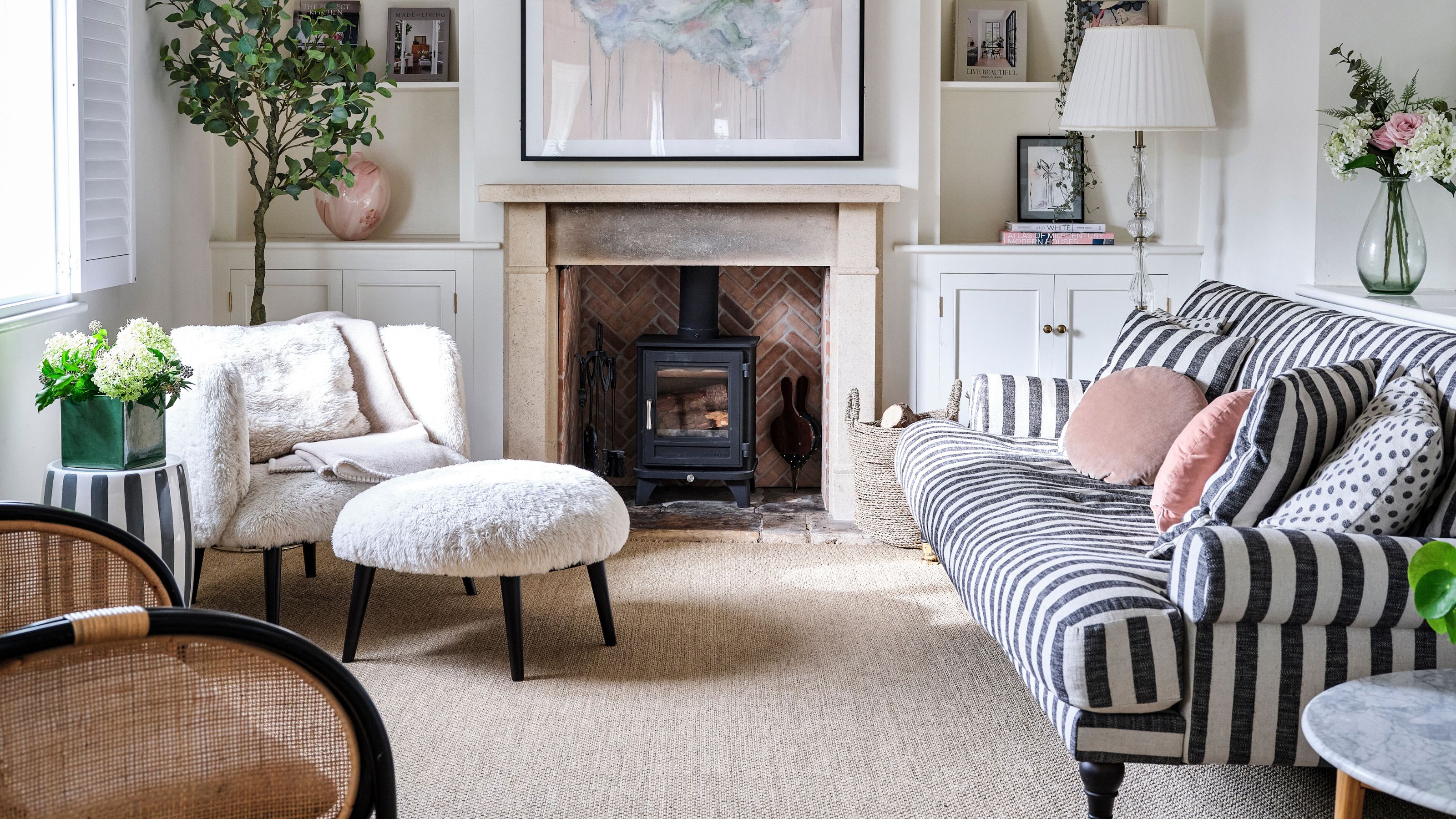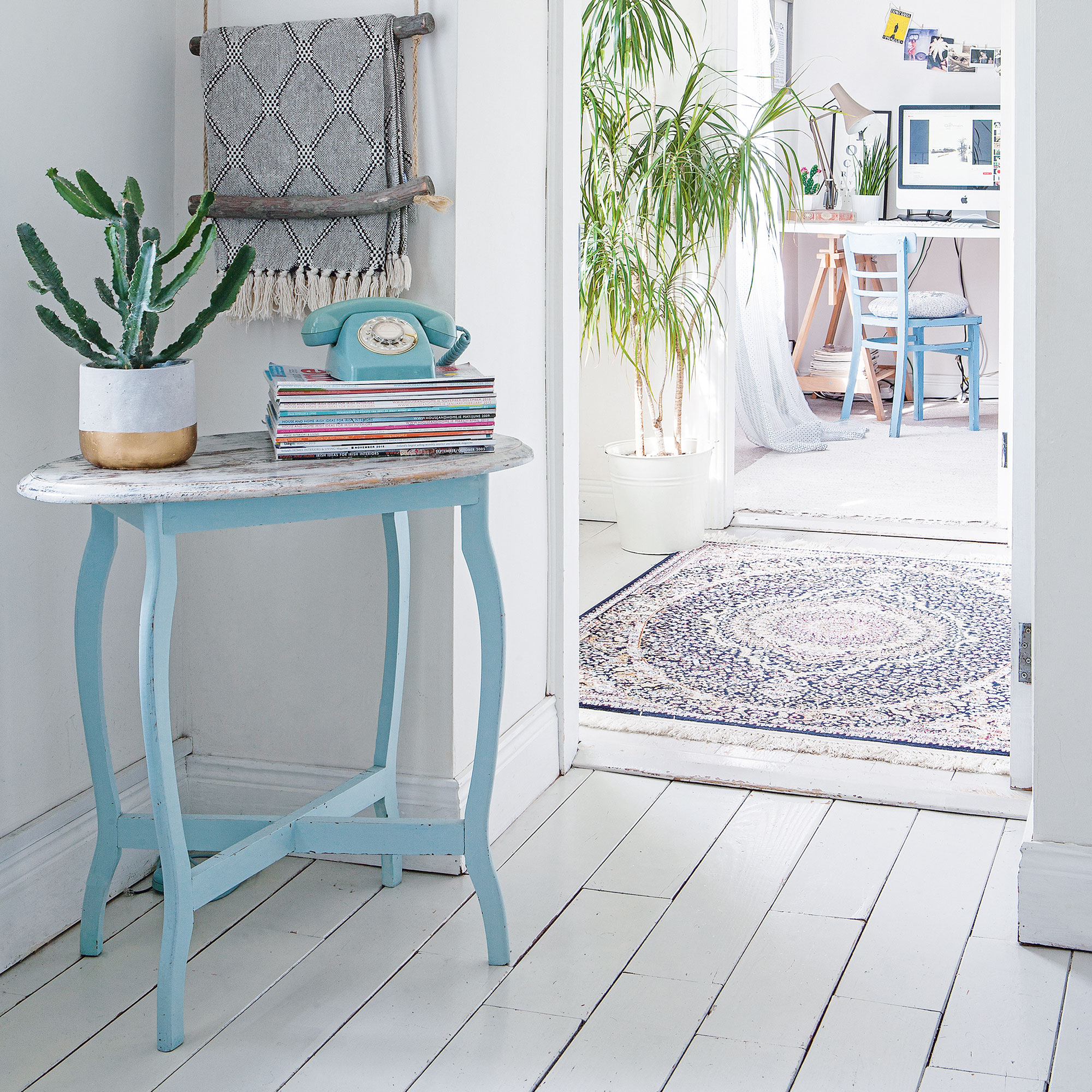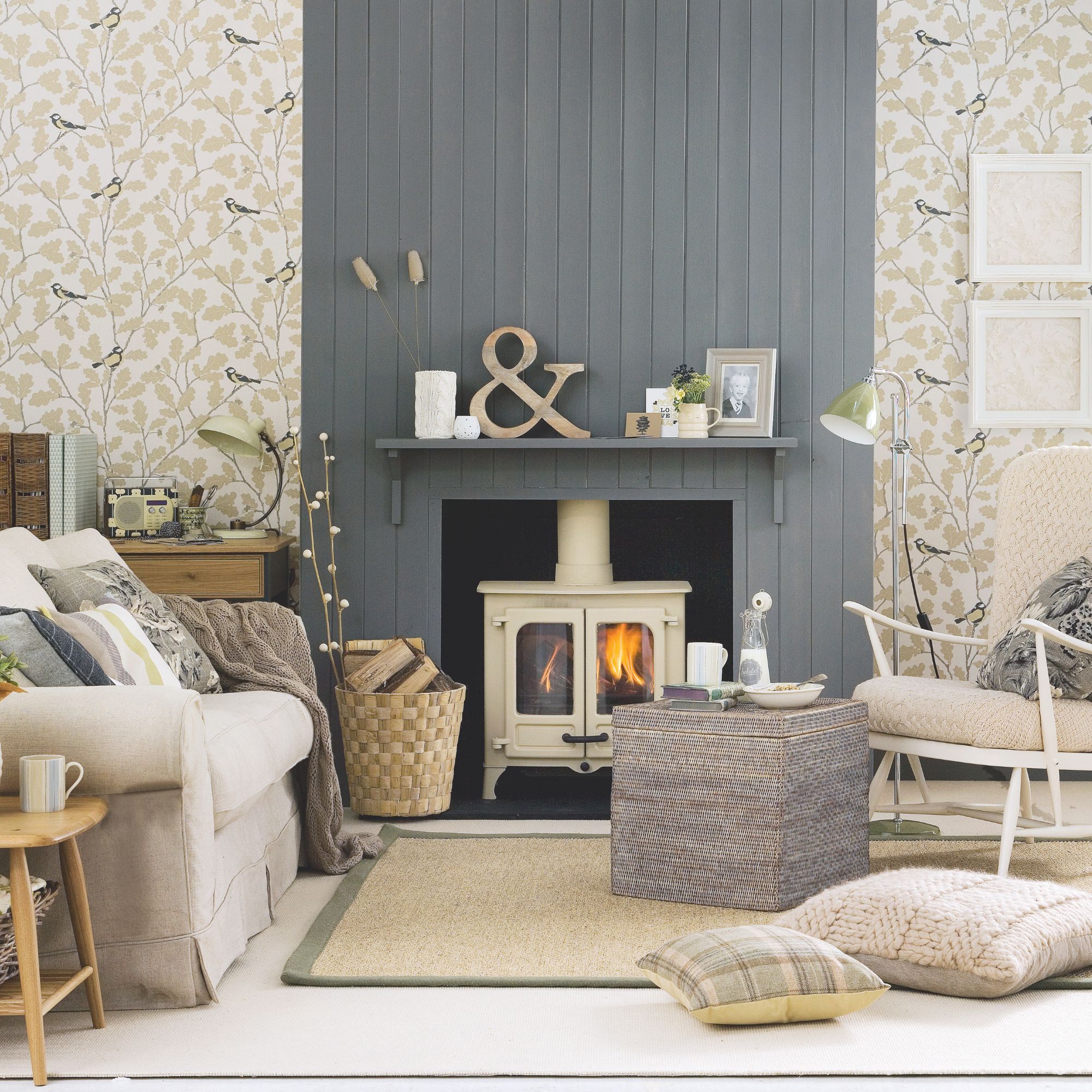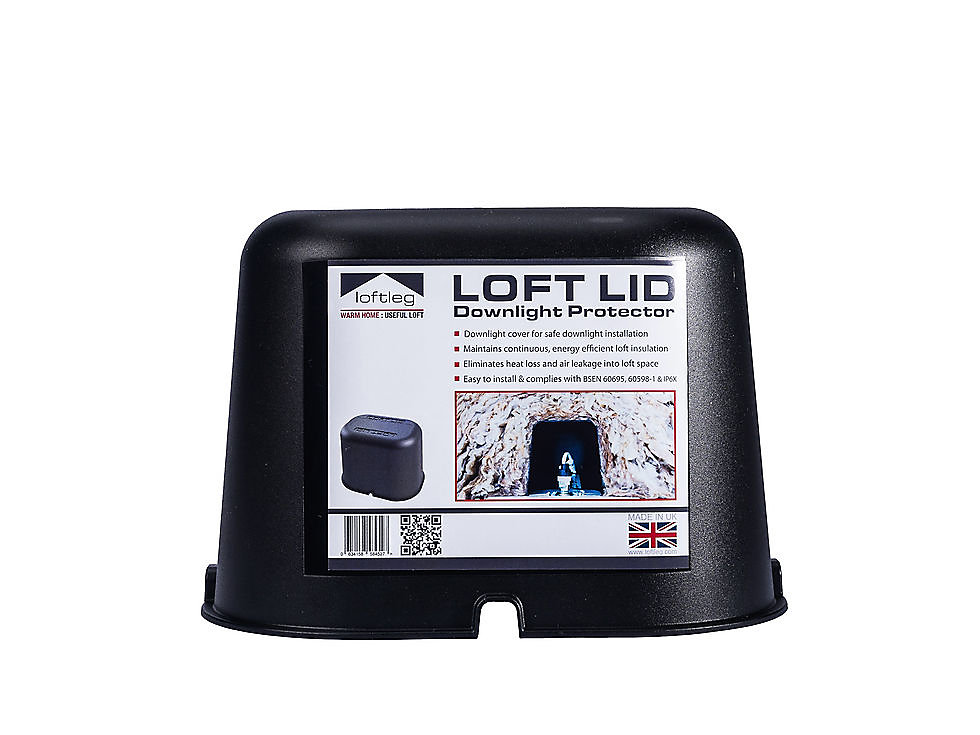Don’t waste your money insulating these spots – experts reveal the solutions to try instead that'll keep damp and mould at bay
Make sure your insulation is not inadvertently causing moisture issues in your home


EDITOR’S NOTE: An earlier version of this article included a quote from a purported expert whose credentials we have not been able to verify. The quote has been removed. We regret this lapse in our verification process and have updated our internal protocols to reduce the risk of recurrence.
If your home is feeling a chilly despite having your heating on, or you have inexplicably high energy bills, then it might be that you need to address your home's insulation. But while improving what you have or replacing it altogether can help, getting it wrong can lead to condensation, damp and mould — and nobody wants that!
When it comes to how to insulate your home, correct installation is key. This not only means you need to choose the right type of insulation, but it also needs to be laid or applied in the right way, and only installed in the right place.
While there are areas you should never insulate for a variety of reasons, there are some that you should specifically avoid due to the risk of causing damp or mould.
1. Areas with existing damp issues

This might seem obvious, but if you want to avoid damp and mould, it's vital you address any existing moisture issues before you even think about upgrading your insulation situation.
The ingress of moisture can cause your insulation to fail, meaning it doesn't last as long as it should.
Tackling this should also be a key concern if you are trying to insulate a basement, as the subterranean nature of the space poses its own set of unique moisture challenges.
'Installing insulation directly over damp ground without first applying a moisture or vapour barrier can trap moisture, leading to mould growth, and even structural damage,' explains Michael Chichester, Head of Lender Technical at e.surv.
Sign up to our newsletter for style inspiration, real homes, project and garden advice and shopping know-how
'This is especially true in unventilated or poorly ventilated spaces such as basements. To mitigate these risks, it is generally more effective to install a vapour barrier over the ground surface first, followed by insulation applied to the underside of the floor above. This approach helps maintain airflow in the void, prevents moisture ingress, and supports long-term thermal performance.'
2. On solid walls (without a damp proof course)

If you live in an older house that has solid rather than cavity walls, or a timber frame structure, you need to be very careful before applying insulation to the walls.
'Breathability is key, particularly in solid-walled or timber-framed buildings,' explains Michael. 'Many modern insulation materials (e.g. PIR boards, EPS) are non-breathable and therefore trap moisture, causing interstitial condensation, rotting timbers, and damaged finishes. Within older properties with brick or stone walls, breathable materials like wood fibre or lime plaster are far safer and more effective.'
3. Under suspended floorboards

If you live in an older property with suspended floors, you might be dealing with draughts that are making your home feel cold. But stuffing the gap with insulation isn't the answer, as this can block essential ventilation, leading to issues of damp and mould.
4. Over non-IC recessed lights
Spotlights that are recessed into the ceiling are hugely popular, but combining these with insulation can pose a serious fire hazard. But not having adequate insulation can also mean that you run the risk of condensation forming, which can lead to damp if not resolved. So what can you do?
The best way is to make sure your spotlights are IC (Insulation Contact) rated - which means they can come into direct contact with insulation without posing a fire hazard.
Alternatively (or additionally), using a fire retardant downlight cover, like the Loft Lid from Loft Leg (£48.99 for a pack of 8 at B&Q), acts as a protective barrier between the light and the insulation.
5. In an unventilated loft

Lofts and attics should be well ventilated to prevent moisture from building up, which can cause problems of condensation, damp and mould as well as structural issues. You also need adequate ventilation in order for your insulation to work most effectively.
Inadvertently blocking any vents, or taking insulation to the edge of the roof space can interrupt the flow of air across the space, can cause condensation and ultimately, damp.
6. Around flues and chimneys

'Chimneys are another common pitfall,' reveals Michael. 'Even disused flues often help manage moisture levels in a property. Blocking them up without ventilation can cause damp patches, mould, and even structural damage through freeze-thaw cycles. For active chimneys, getting insulation too close to the flue can pose a fire risk so clearances and fire-safe materials are essential.'
If you're concerned about draughts coming from the fireplace, a specialist draught excluder, like a Chimney Sheep, from £21 on Amazon, for when it's not in use can help.

This 8-inch circular chimney draught excluder can help to reduce your energy bills, reduce wind noise from your chimney, and prevent any debris from falling on to your hearth. Make sure you check the guidance on choosing the right size for your flue.
7. Where you already have adequate insulation
When it comes to insulation, it's definitely not a case of more is more. In fact, too much insulation can hamper ventilation and trap moisture in your insulation, which is a big no-no.
This is another reason it's important to use a professional to address your insulation needs. They will not only be able to identify any areas where your insulation is lacking, and be able to safely remove old insulation, but also make sure that insulation isn't added where it isn't needed.
They will also be able to give you ideas of other solutions you can try to keep your home warm, like window film kits or thermal curtains.
FAQs
What should you do before updating your insulation?
'Before installing insulation, it’s essential to understand how the building performs, where the risks are, and what materials are most compatible,' says Michael. 'Ultimately, what works for a modern cavity-walled property could be entirely wrong for a 19th-century terrace. depends on the age, construction and condition of your home there’s no one-size-fits-all solution.'
What happens if you over-insulate a house?
Adding too much insulation to your home is not a sure-fire way to lower your heating bills as much as possible. In fact, rather than making your home even more comfortably warm, it can cause moisture to become trapped which can lead to condensation, damp and mould. Unresolved, these can wreak havoc with the structural elements of your home — something which is very costly to fix.
This moisture can also degrade your insulation, meaning it stops being effective and needs replacing way earlier than planned.
When assessing your insulation, make sure there aren't any areas you should have insulated but didn't.

Sarah Handley is Ideal Home’s Renovation Editor. She joined the team full time in September 2024, following three years of looking after the site's home finance content. As well as all things renovation, Sarah also looks after our Home Energy content, which covers all aspects of heating and insulation as well as tips on how homeowners can reduce their energy usage. She has been a journalist since 2007 and has worked for a range of titles including Homebuilding & Renovating, Real Homes, GoodtoKnow, The Money Edit and more.
